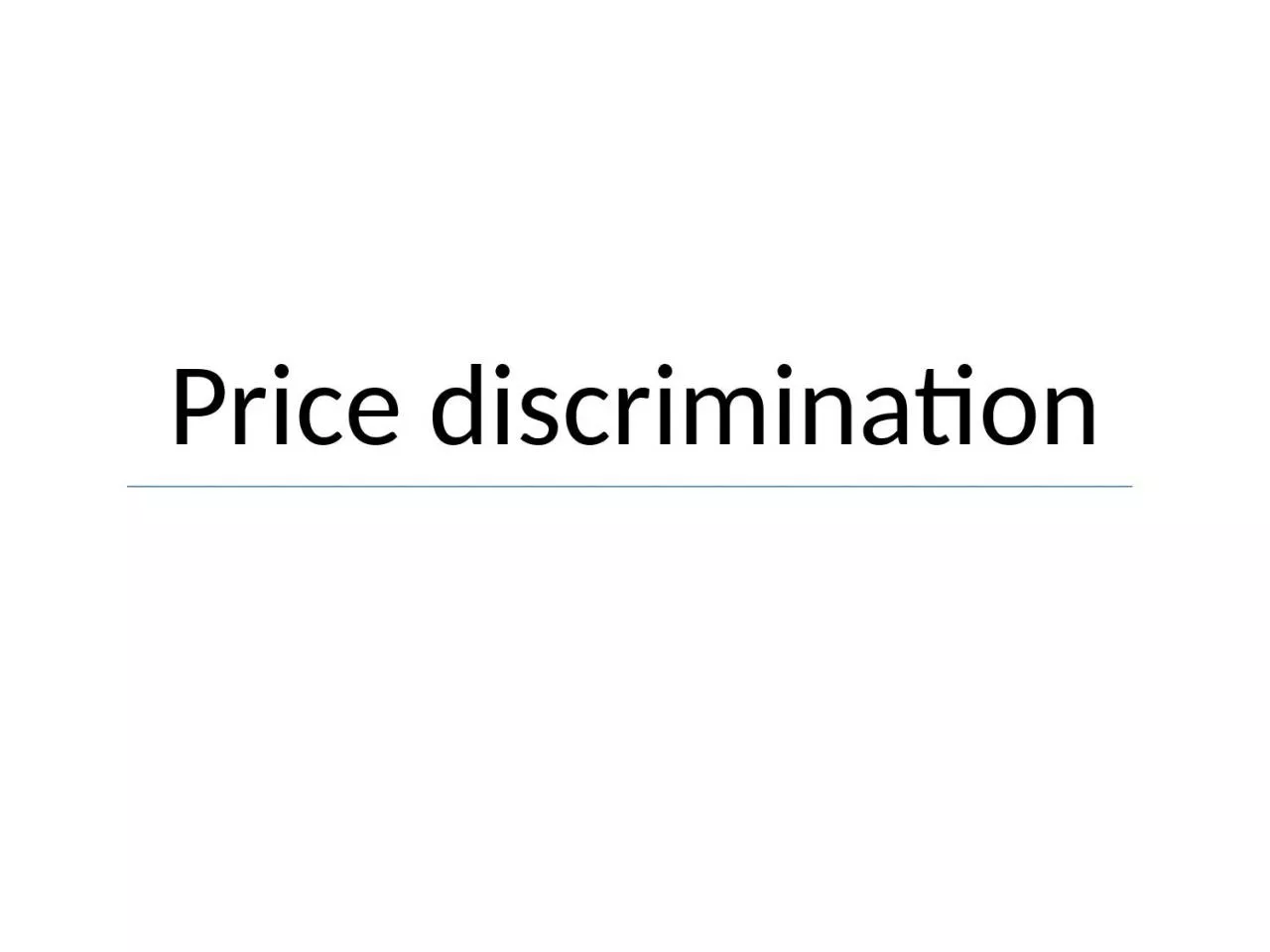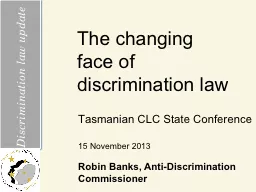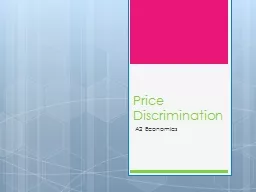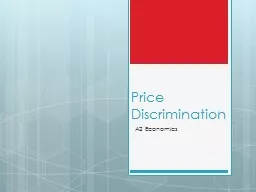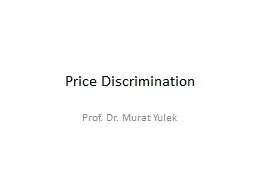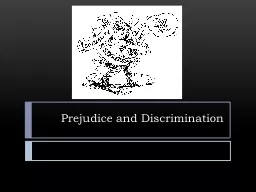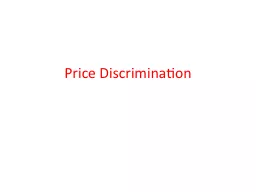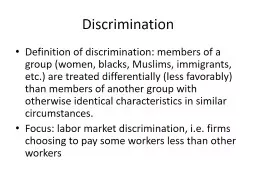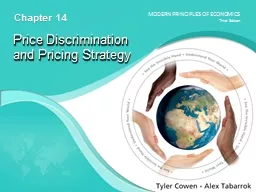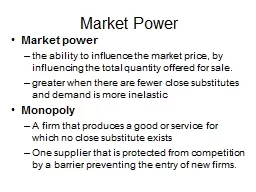PPT-Price discrimination Exam question
Author : fiona | Published Date : 2023-11-03
June 11 qn9 On a typical train journey there could be as many as twenty different fares being paid by passengers travelling between the same two stations Using the
Presentation Embed Code
Download Presentation
Download Presentation The PPT/PDF document "Price discrimination Exam question" is the property of its rightful owner. Permission is granted to download and print the materials on this website for personal, non-commercial use only, and to display it on your personal computer provided you do not modify the materials and that you retain all copyright notices contained in the materials. By downloading content from our website, you accept the terms of this agreement.
Price discrimination Exam question: Transcript
Download Rules Of Document
"Price discrimination Exam question"The content belongs to its owner. You may download and print it for personal use, without modification, and keep all copyright notices. By downloading, you agree to these terms.
Related Documents

